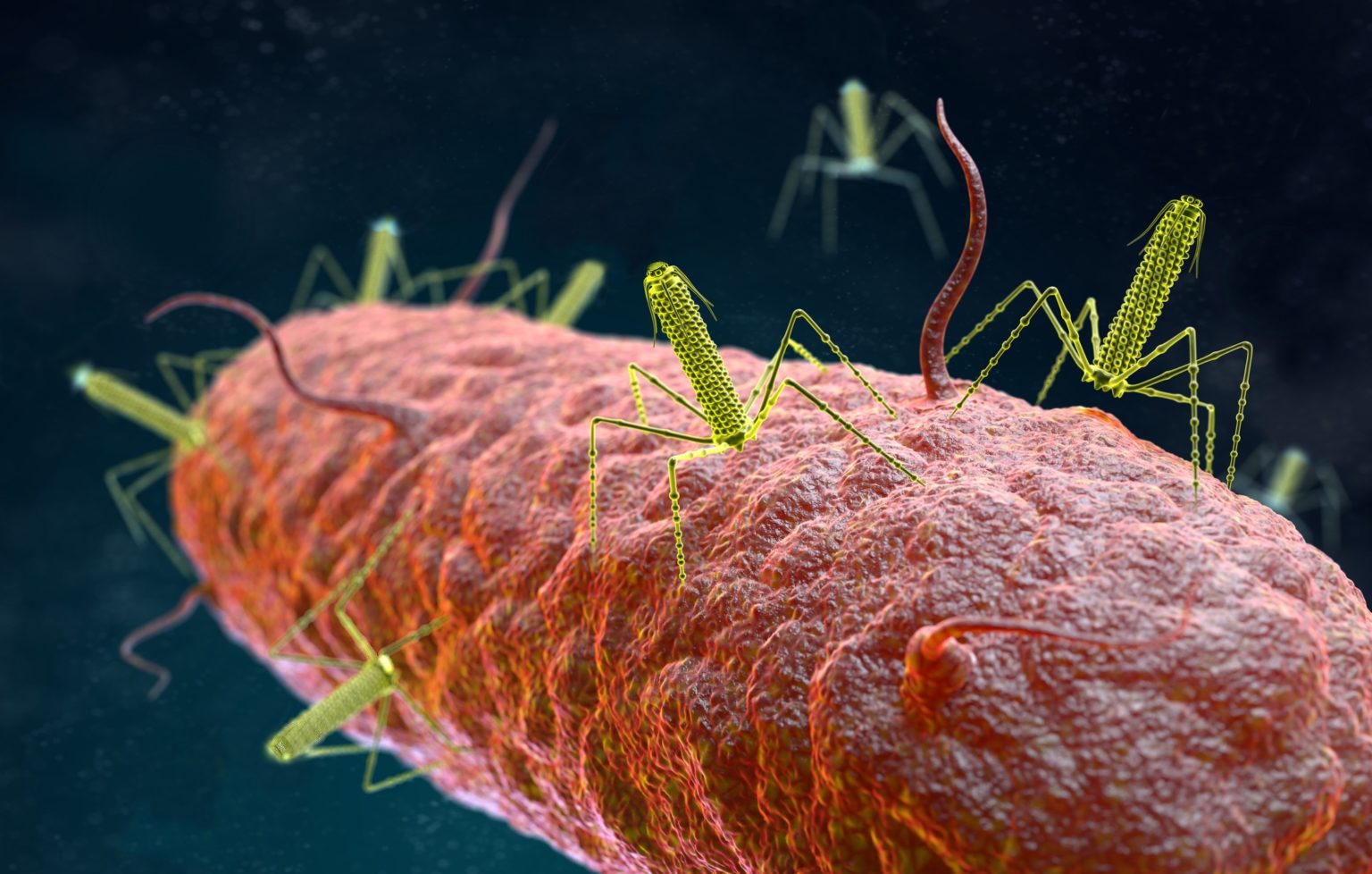A wide variety of bacteria are capable of producing extremely strong protein nanomachines known as tailocins. Similar to phages but without viral DNA and replication machinery, tailocins spring into action under stressful conditions and cause cell death by poking a hole in the cell membrane, causing the content to ooze out. They appear to be a tool used by bacteria to compete with their rivals, and go after their targets with incredible specificity.
A team led by Vivek Mutalik, a research scientist in Environmental Genomics and Systems Biology (EGSB), explored the genetic basis and physical mechanisms governing how tailocins attack specific bacterial strains, and looked at genetic similarities and differences between tailocin producers and their target strains in a recently published paper.
These topics—and tailocins as a whole—are a hot area of research due to the many possible applications. Mutalik and his colleagues in Berkeley Lab’s Biosciences Area along with collaborators at UC Berkeley are interested in harnessing tailocins to better study microbiomes. Other groups are keen to use tailocins as an alternative to traditional antibiotics, which indiscriminately wipe out beneficial strains alongside the bad and are increasingly ineffective due to the evolution of drug-resistance traits.
Read more in the Berkeley Lab News Center.




